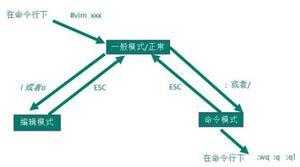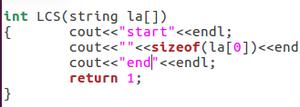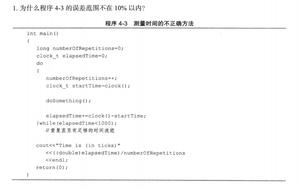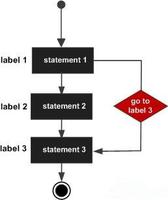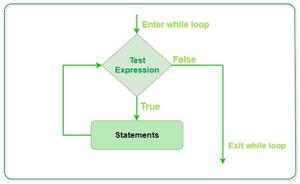python中ifelifelse语句怎么用?

python中非常基础的if-else结构,执行过程比较简单,就是判断if语句中的表达式是真假,如果为True程序就会执行 if 语句下面的代码块,if语句中的判断结果为False假,就会依次判断 elif 语句中的表达式,这就是该分支的基础使用流程,下面几个简单步骤,让大家熟练掌握语句用法。
实例:输入学生的语文、数学、英语三门考试成绩,单科满分100分,通过学生成绩评定等级:
A:平均分>=90分
B:90分>平均分>=80分
C:80分>平均分>=70分
D:70分>平均分>=60分
E:平均分<60分
实现代码:
chinese = int(input("请输入学生的语文成绩:"))maths = int(input("请输入学生的数学成绩:"))
english = int(input("请输入学生的英语成绩:"))
average = (chinese + maths + english) / 3
if average >= 90:
print("学生的平均分为:%.2f,成绩综合评定为:A" % average)
elif average >= 80 and average < 90:
print("学生的平均分为:%.2f,成绩综合评定为:B" % average)
elif average >= 70 and average < 80:
print("学生的平均分为:%.2f,成绩综合评定为:C" % average)
elif average >= 60 and average < 70:
print("学生的平均分为:%.2f,成绩综合评定为:D" % average)
else:
print("学生的平均分为:%.2f,成绩综合评定为:E" % average)
输出结果:
现在大家清晰了if-elif-else语句的基础用法了吧,每一个判断语句都具有排他性,判断结果一旦为True就不再往下执行,希望可以帮助大家哦~
(推荐操作系统:windows7系统、Python 3.9.1,DELL G3电脑。)
以上是 python中ifelifelse语句怎么用? 的全部内容, 来源链接: utcz.com/z/543061.html

